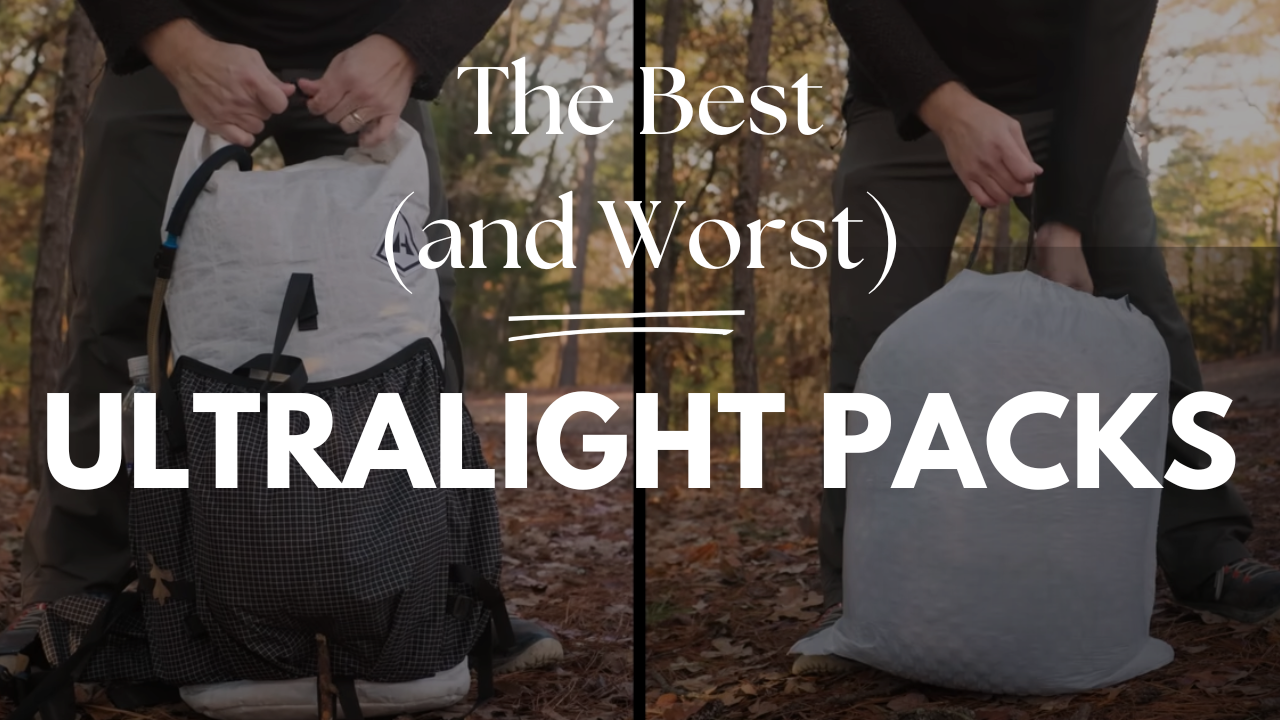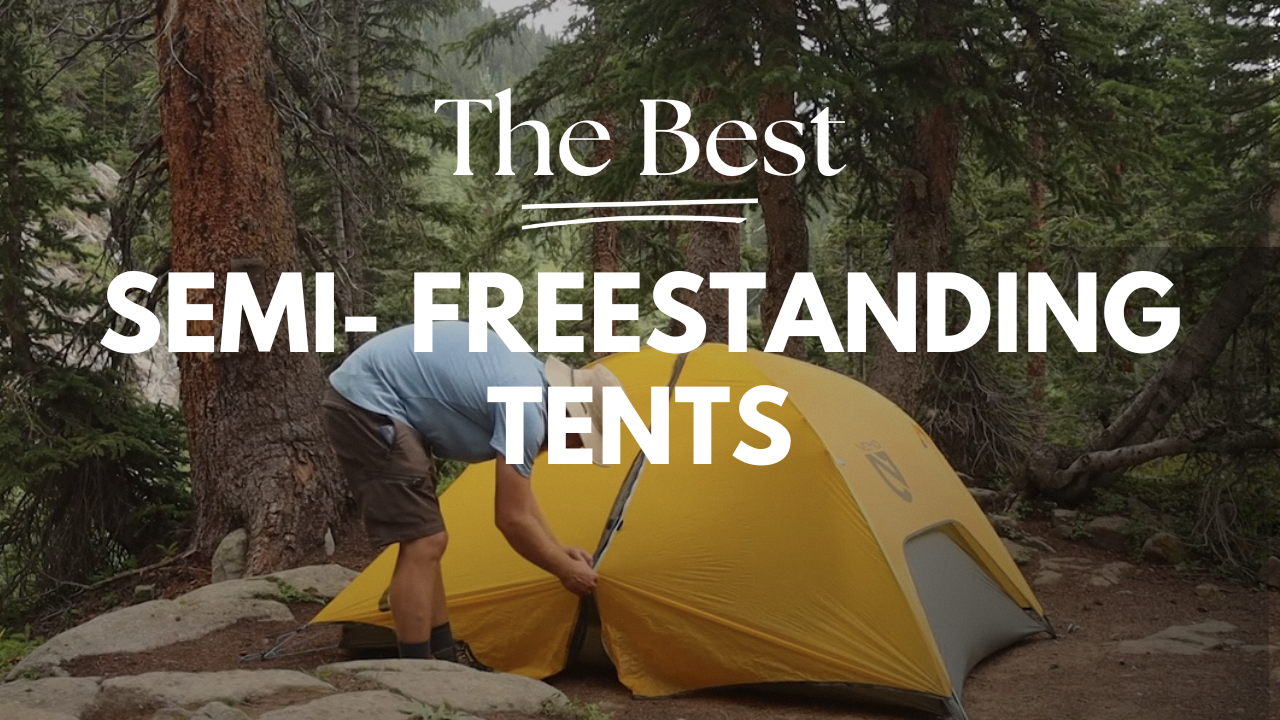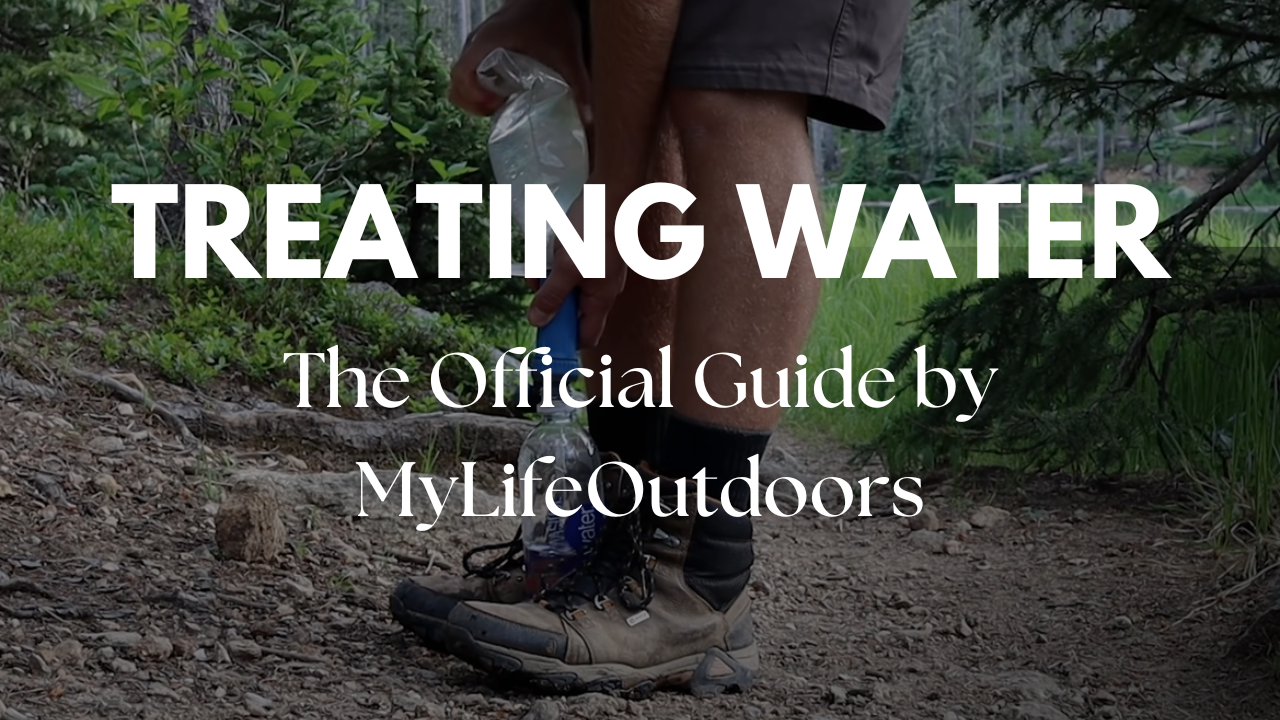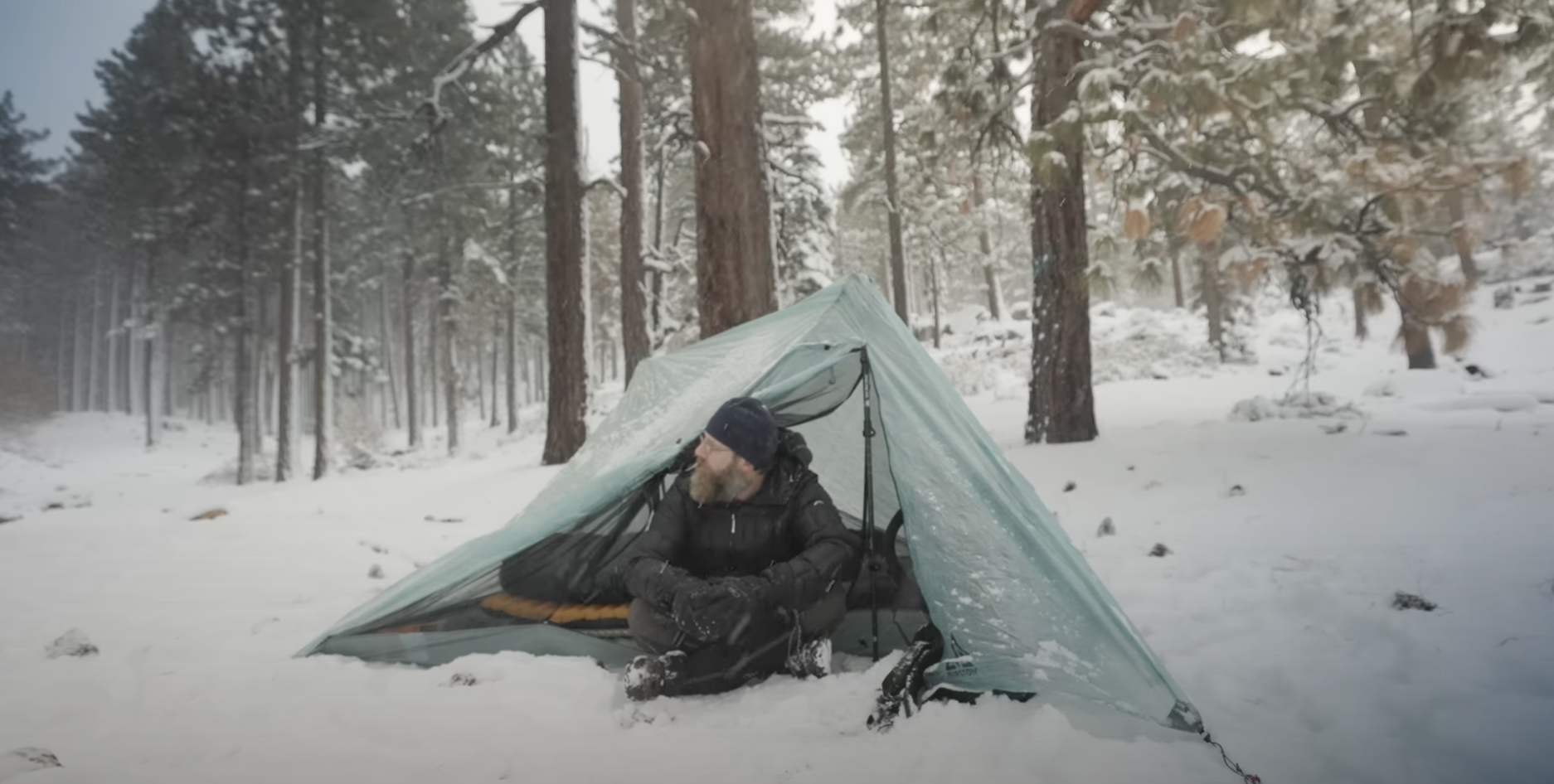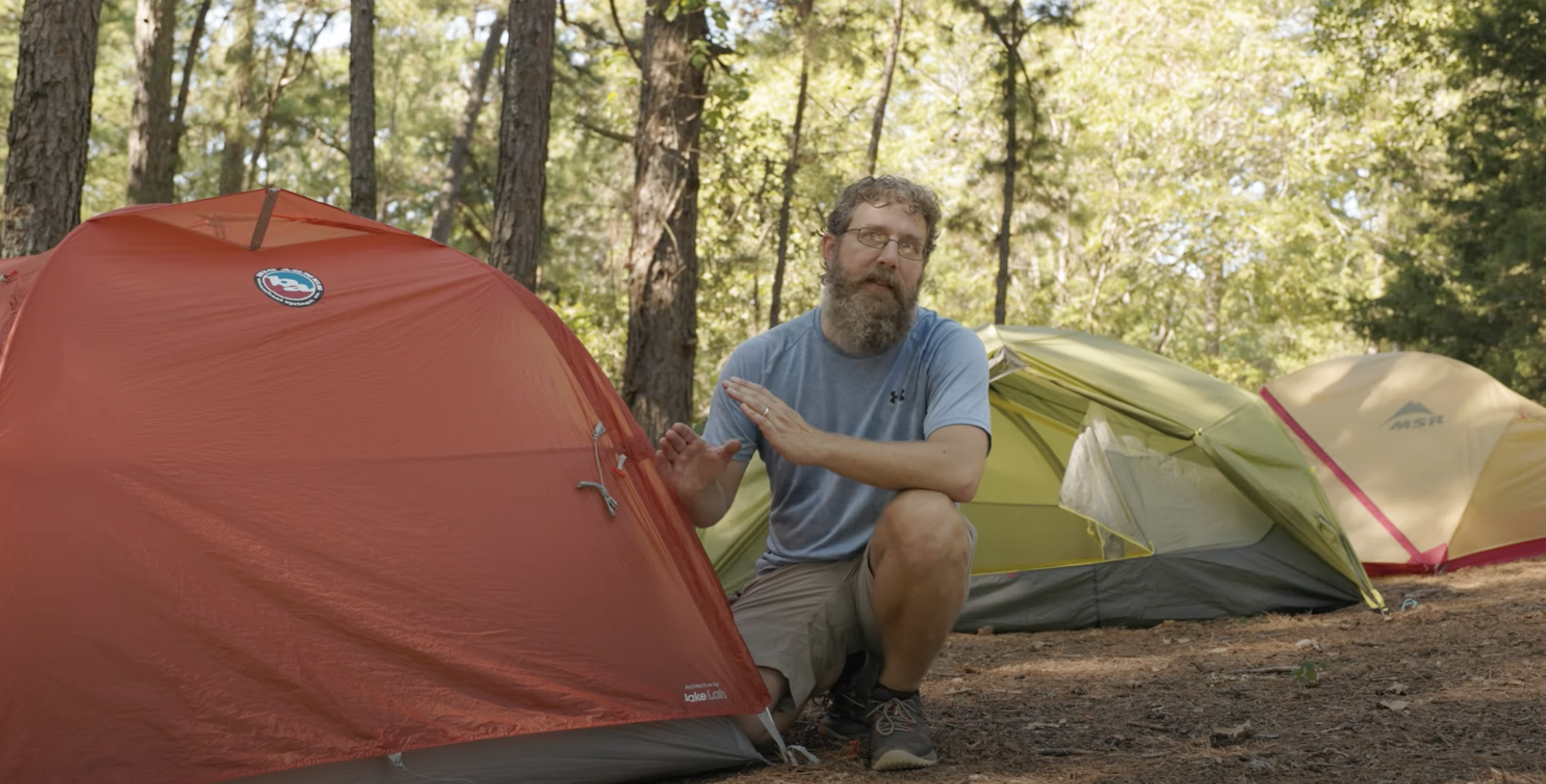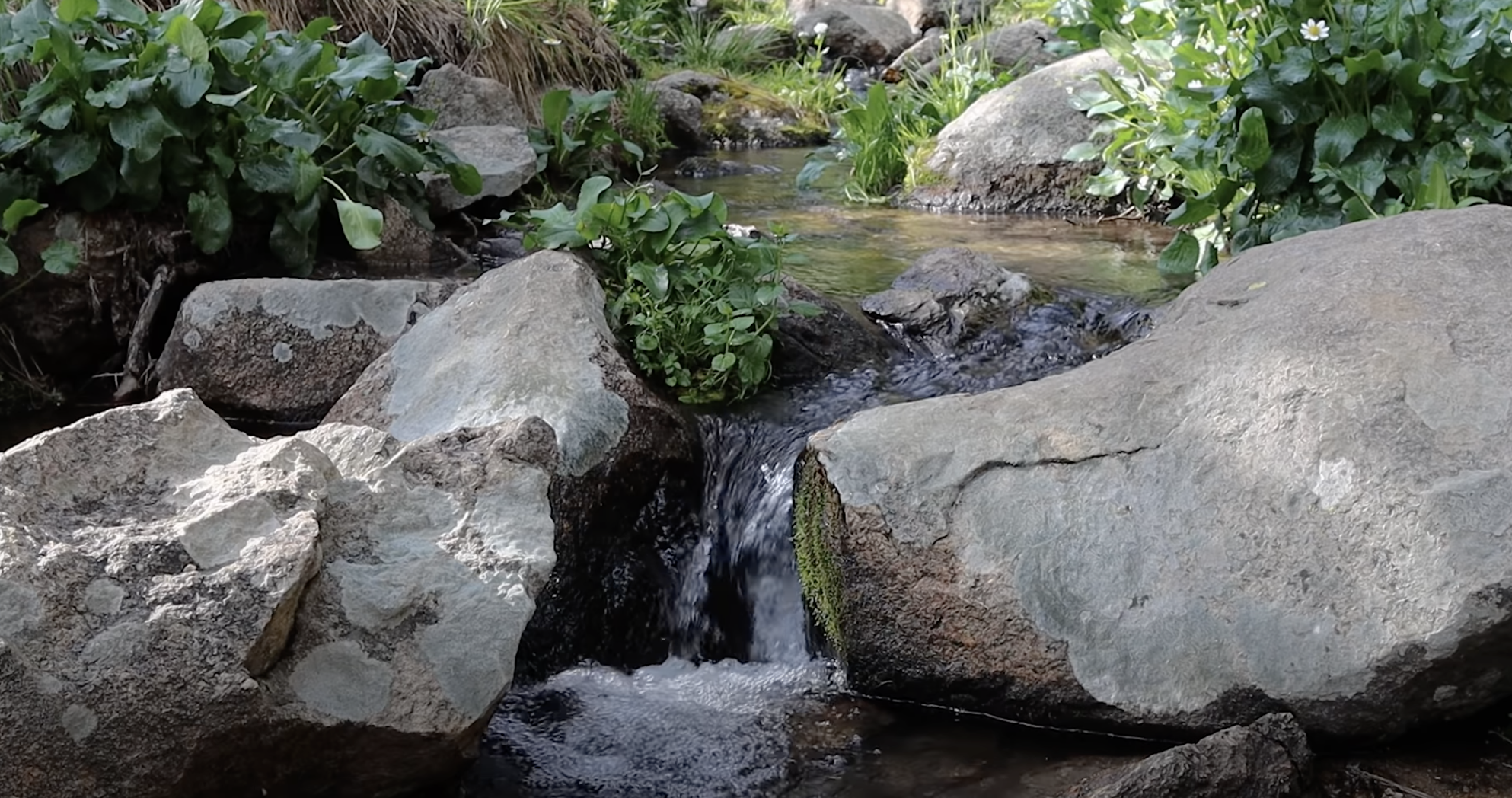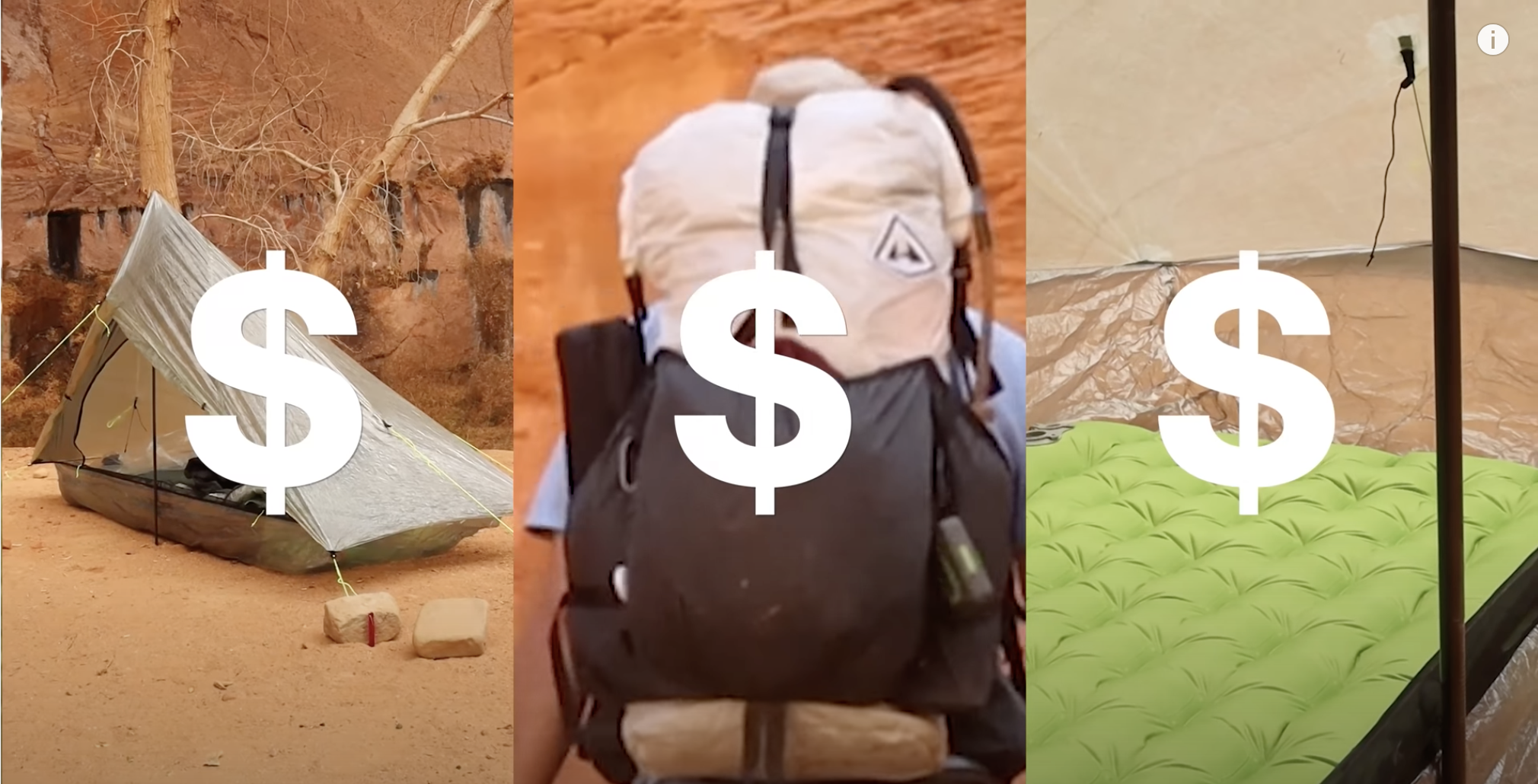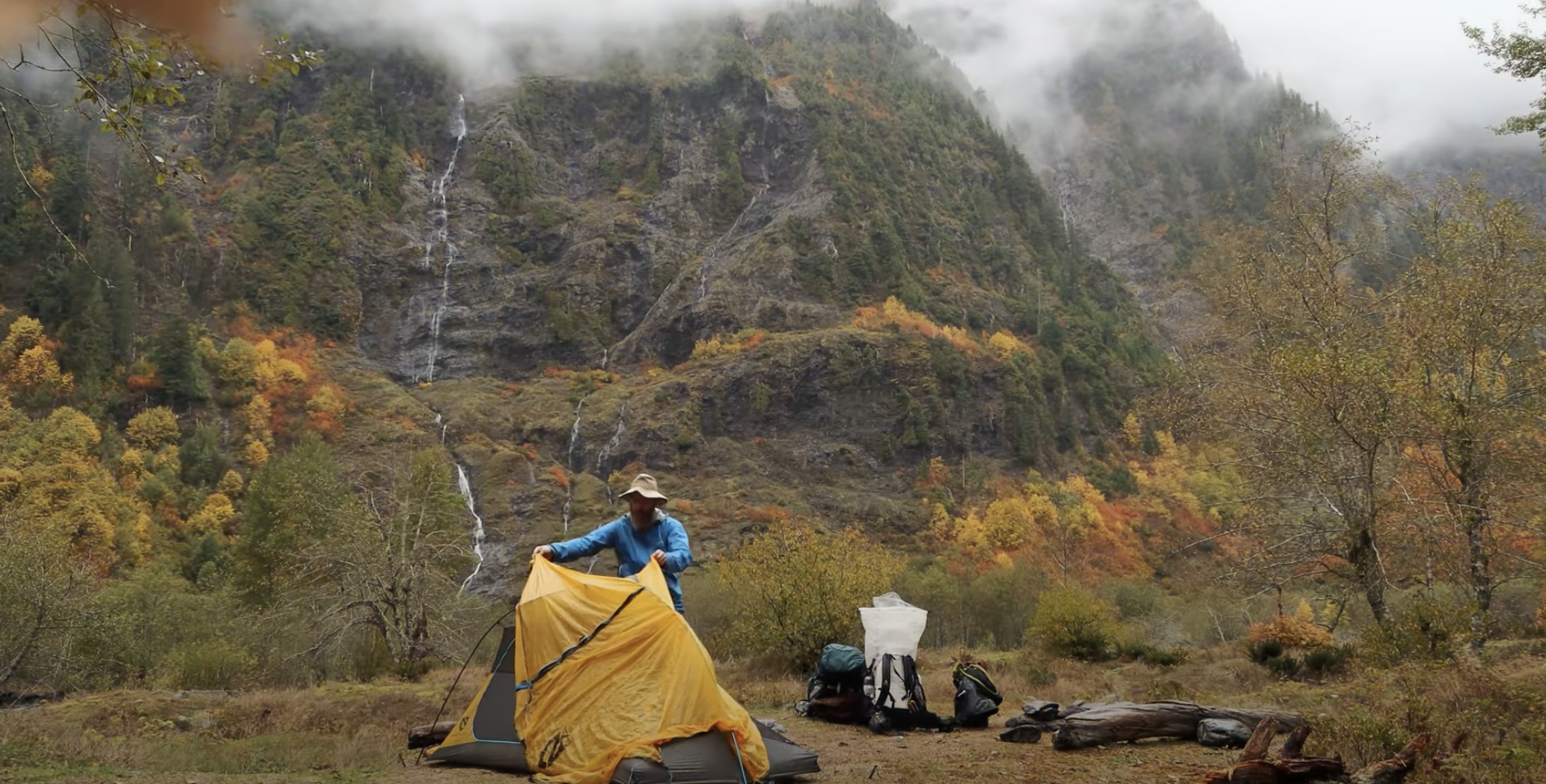Aerogel vs Down: Is this the Jacket of the Future?
When choosing between jackets, you typically have two options: down, or synthetic. There are pros and cons to both. Down jackets are well-known for being the most lightweight, warm, and highly compressible layers you can buy, but they do have an Achilles heel: once they’re wet, they’re difficult to dry and lose their insulating power. Synthetic jackets are water-resistant and in some cases, can insulate even when wet. But, this comes at a cost: they aren’t as lightweight, and they often
A Complete Review of the Best and Worst Ultralight Packs
Let’s face it: ultralight packs have a pretty bad reputation. Many people have described them as trash back with straps, and often, ultralight packs seem to sacrifice comfort first in order to shave down weight. But, those downsides aren’t always the case, and to prove it, I’m comparing 6 ultralight packs that are almost too good to be true. What Exactly is an Ultralight Pack? To fall into the “ultralight” category, a pack needs to weigh 2lbs or less. Most traditionally-framed packs weigh
The Best Semi-Freestanding, Hybrid Tents
What’s better–a trekking pole-supported tent, or a freestanding tent? What if the answer might be… neither? In my experience, the best gear out there is often an even mix of the best of both worlds. Freestanding tents can often be heavy, since they feature their own internal support system. Even collapsed, this internal frame can be tricky to pack, with many backpackers opting to strap them to the outside of their packs. Trekking pole-supported tents are lightweight, but can be tedious to
The Official MyLifeOutdoors Guide for Treating Water in the Backcountry
Water filters: if you’re new to backpacking, or even going on longer day hikes, choosing the right one for you can seem daunting. There’s a lot of risks involved in making sure you have the right system to filter your water: if you don’t do it right, it’s easy to get sick, and no one wants to cut a trip short because of water-borne illness. Now, there are many different ways to treat water: from boiling it to filtering it,
The Key To Warm Winter Camping
Winter camping: it's intimidating for one very crucial reason: The fear of being cold. You can buy all the nicest gear and a sleeping bag with a negative-billion-degree temperature rating. But even then, in my experience, you're still missing something that can make a big difference in your winter camping comfort. I believe that this one simple trick is the key to safe, warm winter camping - and you probably already can do it with the gear you already have. Check
LUXURY or LIES? True Two-Person Backpacking Tents?
Look, I know a lot of you use two-person tents like they are one-person tents. But sometimes you want a legit two-person tent, even if it means carrying extra weight. So, I decided to check out three of the top two-person tents, all redesigned for 2022. They are
This Trend Could Revolutionize Sleeping Bags
What is the best sleeping bag to buy? Well, if you only plan to go mostly in summer, a 45-degree bag will be plenty. BUT if you want to extend your season into the spring and fall, it’s best to get a 20-degree bag. BUT what if someday you want to go in the winter, too? And you only have the budget for ONE BAG? Enter the 3-in-1 bag. The outdoor industry's one-stop solution to 4-season sleeping. This past spring, I posted a blog called, "One
9 Ways to Avoid One HUGE Camping Mistake
When the bottom falls out of your world and the world falls out of your bottom
High-Quality and AFFORDABLE Ultralight Loadout
One of the most common misconceptions about ultralight (UL) is that it’s expensive. But in reality, UL isn’t any more expensive than traditional backpacking gear, if you know where to look. To prove it, I set out to put together a UL loadout that is high-quality, from well recognized brands, but still comes in under $850. For everything. Watch this video as I take you through the whole experience, or keep scrolling to read. https://youtu.be/POfHzNiWczU Okay, I’ve been working on this list for a while. As
5 BAD Habits that are DESTROYING Your Gear
Backpacking gear isn’t cheap. But if you treat it right, it will last you a long time. Like this sleeping pad I bought way back in 2009. You probably know it’s not good to leave your sleeping bag in its stuff sack. As I have talked about many times, sleeping bags keep you warm by creating loft. The beauty of down is how compressible it is. But leave it compressed too long, and it has a tendency to want to stay




